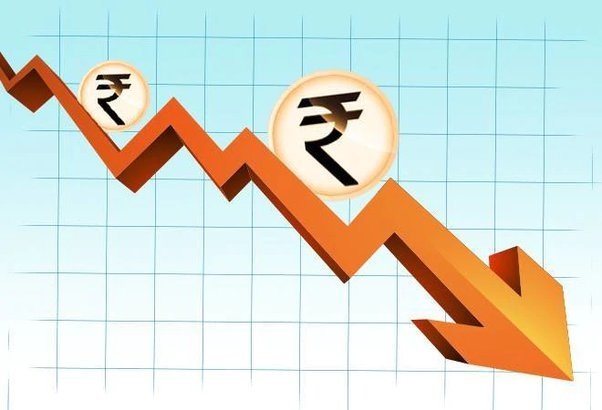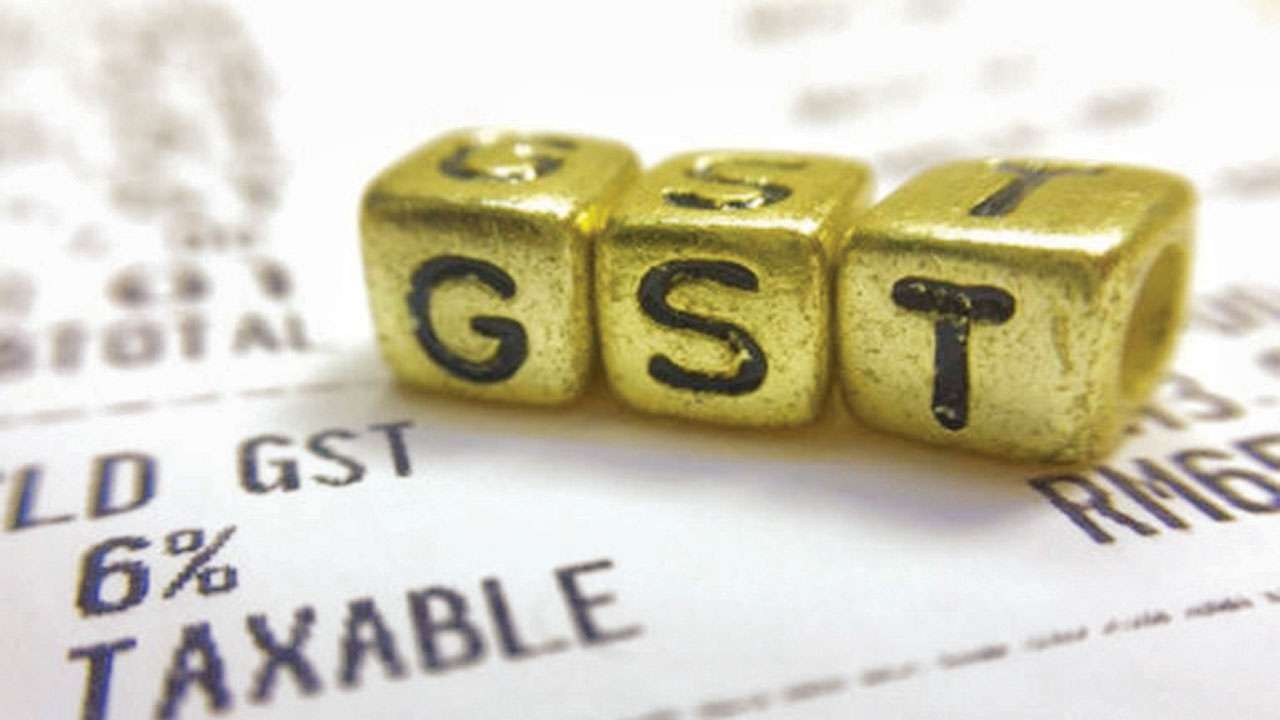
A Question About The Falling Rupee
- June 23, 2022
- 0
The question about the rupee has not changed in the last one year. Now, the discussion has shifted from internal to external factors. The rupee touched a new low against the dollar now, heading towards रु 79. As the Reserve Bank of India (RBI) intervenes in the market to prevent a free fall – evident from a declining forex chest- the question is whether it is being too conservative in its approach and if the rupee could depreciate more.
A comparison in nominal terms shows a similar trend, indicating that the next year may be no different. While the rupee depreciated 4 per cent against the dollar since the start of the Russia – Ukraine crises, other emerging market economy currencies have depreciated faster. The Bangladeshi taka has declined 8.2 per cent since the crisis, whereas the Chinese yuan has depreciated 5.7 per cent, and the South African rand has depreciated 5 per cent.
Despite India’s REER (Real effective exchange rate) appreciating, exports picking up when the pandemic eased and global trade expanded. Competing economies also improved their export performance. An analysis found that India’s export growth is not sticky, and it may reverse if global growth slows down – Western economies are moving towards recession.
The rupee, thus, perhaps needs to depreciate, but a depreciation in not as easy as it sounds. With inflation rising, depreciation runs the risk of keeping prices high. It also translates into a worsening of the current account deficit. It may even lead to a deterioration in the balance of payments as foreign capital turns to safe – haven assets.
गिरते रुपये के बारे में एक प्रश्न
रुपये को लेकर पिछले एक साल में सवाल नहीं बदला है। अब, चर्चा आंतरिक से बाहरी कारकों में स्थानांतरित हो गई है। रुपया अब डॉलर के मुकाबले एक नए निचले स्तर को छू गया, जो रु 79 की ओर बढ़ रहा है। भारतीय रिजर्व बैंक (आरबीआई) द्वारा एक मुक्त गिरावट को रोकने के लिए बाजार में हस्तक्षेप किया गया – जैसा कि विदेशी मुद्रा चेस्ट की गिरावट से स्पष्ट है – सवाल यह है कि क्या यह अपने दृष्टिकोण में बहुत रूढ़िवादी हो रहा है और क्या रुपया में और अधिक मूल्यह्रास हो सकता है।
साधारणतया एक तुलनात्मक अध्ययन एक समान प्रवृत्ति को दर्शाता है, यह दर्शाता है कि अगला वर्ष भी इससे अलग नहीं हो सकता है। जबकि रूस-यूक्रेन संकट की शुरुआत के बाद से डॉलर के मुकाबले रुपये में 4 फीसदी की गिरावट आई है, अन्य उभरते बाजारों की अर्थव्यवस्था मुद्राओं में और भी अधिक तेजी से मूल्यह्रास हुआ है। संकट के बाद से बांग्लादेशी टका में 8.2 फीसदी की गिरावट आई है, जबकि चीनी युआन में 5.7 फीसदी और दक्षिण अफ्रीकी रैंड में 5 फीसदी की गिरावट आई है।
भारत के REER की बढ़त के बावजूद, जब महामारी में कमी आयी और वैश्विक व्यापार का विस्तार हुआ तो निर्यात में तेजी आई। वहीं प्रतिस्पर्धी अर्थव्यवस्थाओं ने भी अपने निर्यात प्रदर्शन में सुधार किया। एक विश्लेषण में पाया गया कि भारत की निर्यात वृद्धि स्थिर नहीं है, और यदि वैश्विक विकास धीमा हो जाता है तो यह उल्टा हो सकता है – पश्चिमी अर्थव्यवस्थाएं मंदी की ओर बढ़ रही हैं
इस प्रकार, रुपये को शायद मूल्यह्रास की आवश्यकता है, लेकिन मूल्यह्रास उतना आसान नहीं है जितना लगता है। मुद्रास्फीति बढ़ने के साथ, मूल्यह्रास से कीमतों का उच्च रहने का जोखिम बढ़ता है। यह चालू खाते के घाटे को भी बिगाड़ देता है। यह भुगतान संतुलन में भी गिरावट का कारण बन सकता है क्योंकि विदेशी पूंजी सुरक्षित ठिकानो में रुक जाती है।

![]()































































